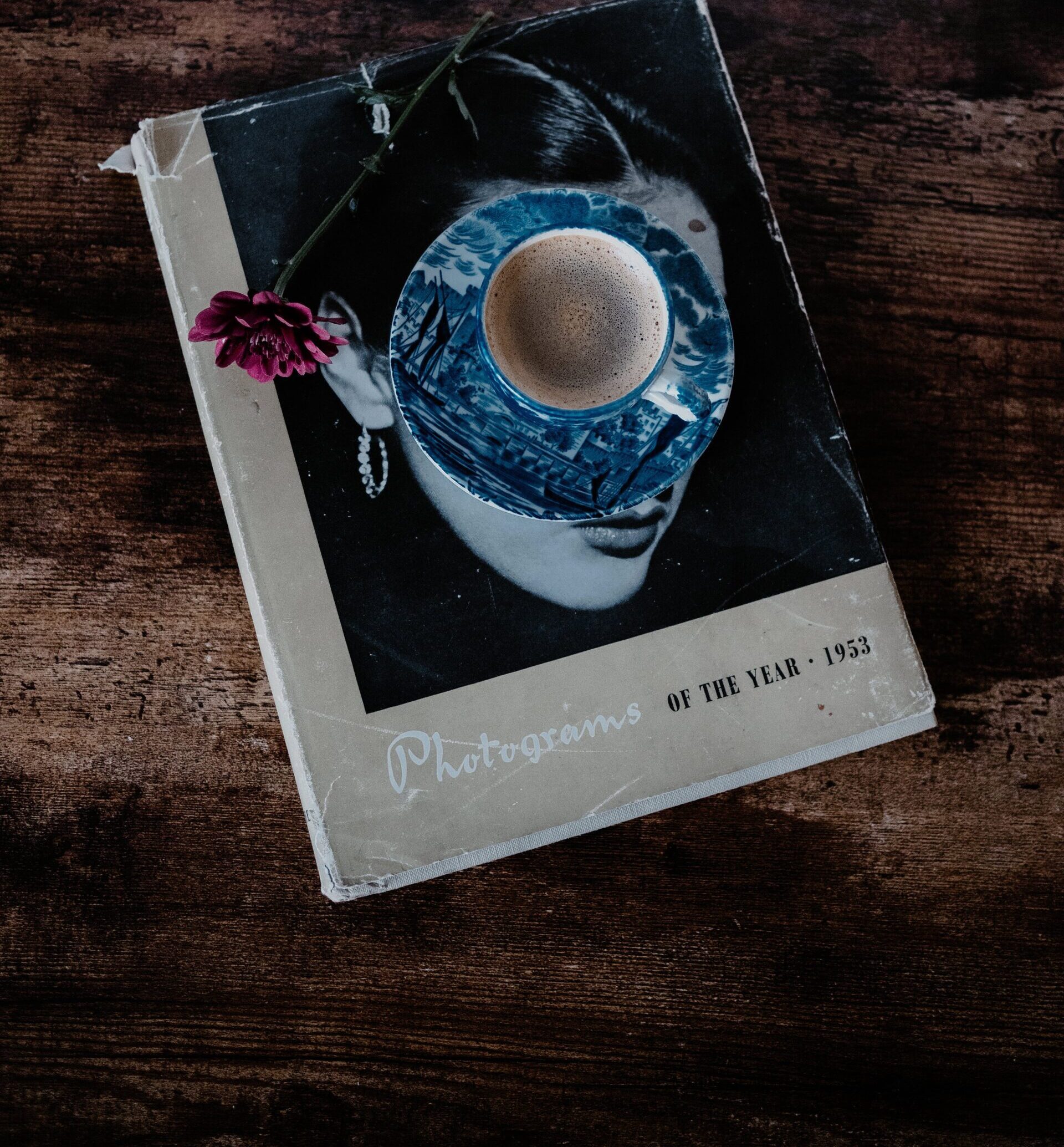Like most other women, I have a keen set of investigative skills. But mine relate less to stalking my best friend’s ex boyfriend’s new girlfriend, and more to my body and its optimal functioning. I’ve never been a huge coffee drinker – I have an unexplained immunity to the energy-boosting effects of caffeine. Because of that, I don’t reach for it every morning. But since being in London, I’ve been drinking more coffee than usual – when meeting friends, whenever I go to write in the cafe, or adding it to my smoothies because I love the taste. I noticed that after a week of having one coffee a day, I started getting headaches in the morning when I didn’t have one. Now, this could be completely unrelated, but the investigator inside me thought it might not be a coincidence. And so my research into caffeine withdrawal headaches began.
Caffeine withdrawal headaches
How do you actually end up with a headache? When you have caffeine, the blood vessels in your brain constrict, resulting in less blood entering that area. Without the caffeine, your vessels return to their widened state, increasing blood flow and pressure – triggering a headache. What I don’t understand is that the typical daily limit to allow for a ‘withdrawal period’ is a consumption of more than 100mg of caffeine per day for around 3 days. And one espresso shot is around 64mg. So, is it really the coffee that’s causing my headaches?
It’s not just coffee
In an attempt to curb my hunger recently, I’ve been drinking more tea in the afternoon instead of having a snack. I’ve always known that tea has caffeine – my mum drinks caffeine-free tea to avoid the whole withdrawal disaster. But it’s actually got more than I initially thought. In an average-sized cup of brewed black tea, there’s around 47mg. If you’re having green tea, it’s around 28mg. So, if I have one shot of espresso in my coffee and one cup of black tea in a day, I’ve reached my limit and that’s enough for me to get withdrawal symptoms! I don’t feel the energy-boosting effects of caffeine, but I still get withdrawal headaches. Lucky me. And, if you think that matcha will solve your problems, it won’t. A matcha latte contains around the same amount of caffeine as an espresso shot.
A golden miracle
I think I’m hoping this post will turn me off consuming caffeine. I don’t know how long I can last without my coffee & date smoothie, though. It’s heaven. And like take-away food, the more I have it, the more I want it. One alternative to coffee that I’ve heard about recently is the golden milk latte. It’s a traditional Indian drink that has turmeric, cardamom, cinnamon, ginger, and other spices. I have no idea how it tastes, as I’ve never tried it, but I can say that it has a lot of benefits that make it worthwhile trying. In addition to it being caffeine-free, the spices in this drink comfort the gut, provide antioxidants, and are anti-inflammatory. Fingers crossed it does taste like Holland and Barrett describe – “a hug in a mug”. Not that I know what a hug in a mug tastes like.
So, if you’re like me and are experiencing caffeine withdrawal symptoms like headaches, join me and the rest of the Instagram influencers in drinking golden milk lattes.
Yours,
Kait x
Cover photo by Lisa Fotios

